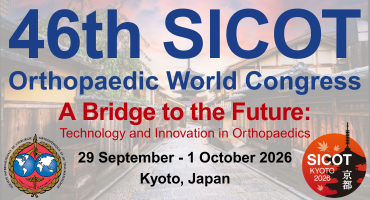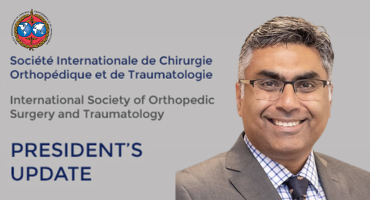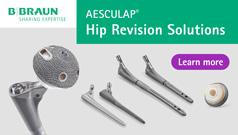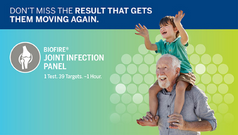Int Orthop. 2025 Sep 16. doi: 10.1007/s00264-025-06652-8. Online ahead of print.
ABSTRACT
PURPOSE: To present the design, clinical application, and outcomes of a novel three-dimensional external hinge distraction fixation system (Salamehfix 1), allowing simultaneous limb lengthening and correction of axial deviations with stable fixation, early mobility, and full weight bearing.
METHODS: Between 2000 and 2024, a total of 1103 patients (aged 4-57.5 years) underwent lower limb reconstruction using Salamehfix 1. Indications included congenital limb length discrepancy (LLD), post-traumatic and developmental deformities, stature lengthening, achondroplasia and cosmetic lengthening. Using (Salamaehfix 1), 640 patients out of the total 1103 underwent simultaneous lengthening and deformity correction and 193 patients were stature lengthening cases. The device employs three small anterior arcs with hinged distraction rods, customizable to patient anatomy and deformity pattern. Additionally, the device is an arc hinged system with pins in different angles and levels to provide a stable bone fixation and weight bearing. Outcomes were assessed in terms of gained bone's length, functional mobility, healing time, and complication rate.
RESULTS: Mean bone lengthening was 5.6 cm (range: 2-18 cm), and bone healing time of 260 days. Complications were minimal and manageable; superficial pin site infection occurred in 25 patients, contractures in 9, and deep infection in one. Stature cases (n = 193) had a mean lengthening of 6.5 cm, with excellent functional outcomes.
CONCLUSION: Salamehfix 1 is an effective, patient-friendly external fixation system enabling simultaneous correction and lengthening in a wide variety of deformities and cosmetic cases. It offers significant mechanical and clinical advantages over traditional devices.
PMID:40956411 | DOI:10.1007/s00264-025-06652-8

















